Official ARC 'rig-man' - Jerry 'the rigger' Henwood - is probably the most popular man in Las Palmas for the two weeks before the start of the ARC.
During the pre-start period Jerry and his sidekick Ross climb over 100 masts, to inspect and check the most vital part of a yacht's equipment. Customers of Admiral Marine Insurance doing the ARC get a free rig check with Jerry, others make a booking.
Checking the rig before an ocean crossing is a very good idea, even for new rigs. There are lots of points of possible failure in the mast and fittings, and a good rigger can spot problems that an untrained eye can miss.
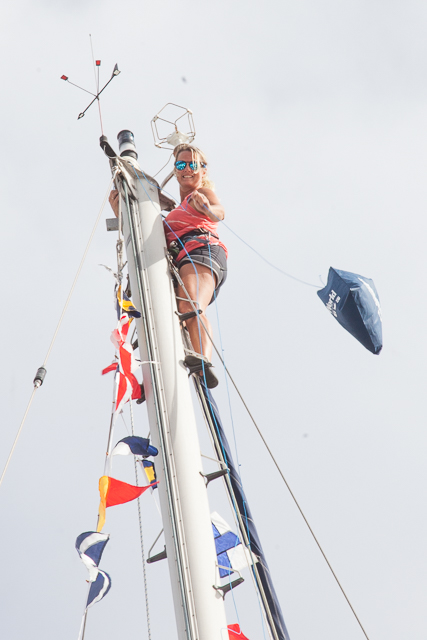
Climbing the rig can be a daunting prospect, and Jerry recommends that you have a go in port and decide who is the best (or happiest!) up the rig before you make the crossing. Don't forget, it's not always the lightest person who makes the best choice to go up the rig - you have to be able to fix the problem too!
Once underway, Jerry recommends that crews should make daily rig inspections (part of this is looking aloft with the binoculars) themselves, this should include going aloft every now and again for an up-close inspection. Jerry testifies that he often hears the comment “Yes but stainless steel fittings can fail without any warning”, which is certainly true if you never look at them! Regular close scrutiny of the rig will greatly reduce the chance of the unthinkable - dismasting. One missing or damaged split pin could be enough to bring down a rig.
Jerry recommends that crews use a check sheet for their rig checks to help enable them to be thorough when checking. All ARC participants have access to Jerry’s Rig Checklist in the ARC Rally Handbook (in the Preparations section, page 02/85), and many have already been using this on their passage to Las Palmas.
Jerry talks through the process: “Start at one point on the vessel and work your way around. I always start on one of the rear quarters, working my way forward on that side to the bow. Then back down the other side to the stern, across the transom and back forward along the center of the yacht. This approach ensures that you cover all of the deck area. Once I am happy that all is ok at deck level, then its time to check aloft. This is the part of rig checking that most people baulk at. When you are halfway across the Atlantic is not the time to learn how to climb a mast! Practice in the marina with your crew on a calm day. Learn the techniques for ascending your mast by asking your rigger for a lesson. Talk to other owners about their methods. Spend a day with a sailing school when they are teaching their skippers how to care for the rigging. You could purchase one of the patent systems available from chandlers. Or you could just have steps fitted all the way to the top. These are very light so do not affect a yacht's righting moment and some fold away to reduce windage. Once you are comfortable with climbing in calm airs try it on a windy day.
There is one major point I would like to make: When climbing a mast at sea always, always wear a helmet.”
What are you looking for when checking the rig?
Check your standing rigging wire where it enters the swage. Is it nice and smooth? The most common place for standing rigging to break is just inside the swage. As its inside you can’t always see it. But, you can feel it. Run your hand over the wire for about 100mm to 150mm above the swage. If you shut your eyes you remove the visual sense and increase your sense of touch. A lumpy wire at this point could indicate a broken strand. Push each strand in turn, if it moves it is broken. If you are in port have the wire and the opposite wire replaced. We replace in pairs to keep the rig balance correct.
Remember, it only takes a few moments to walk from the cockpit to the shrouds so that you can feel them. These few moments could be the difference between finding a small problem that is repairable and losing the rig over the side.
Look at the mast, boom and spreaders and the Areas where anything joins, exits or is just attached. It should all be smooth with no cracks. All fastenings must be tight and secure.
Split Pins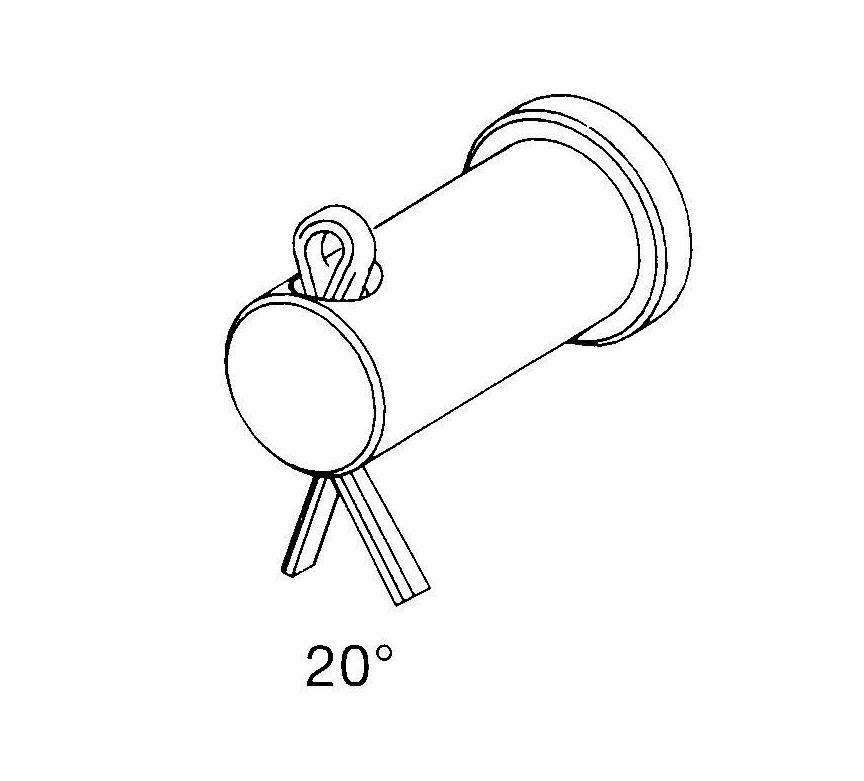
These small parts are often overlooked.
A split pin is only working properly when both of its legs are open by a minimum of 20%
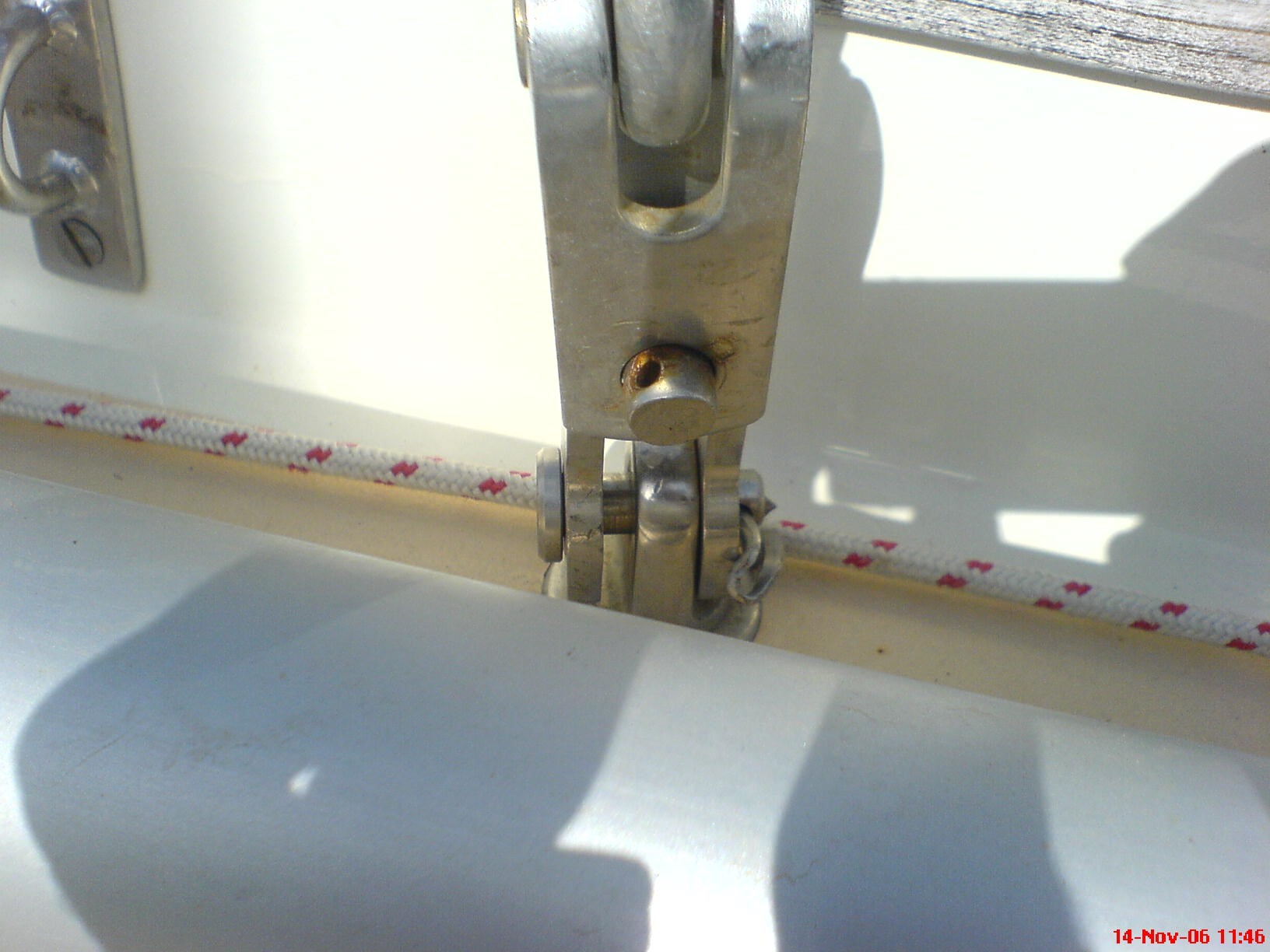
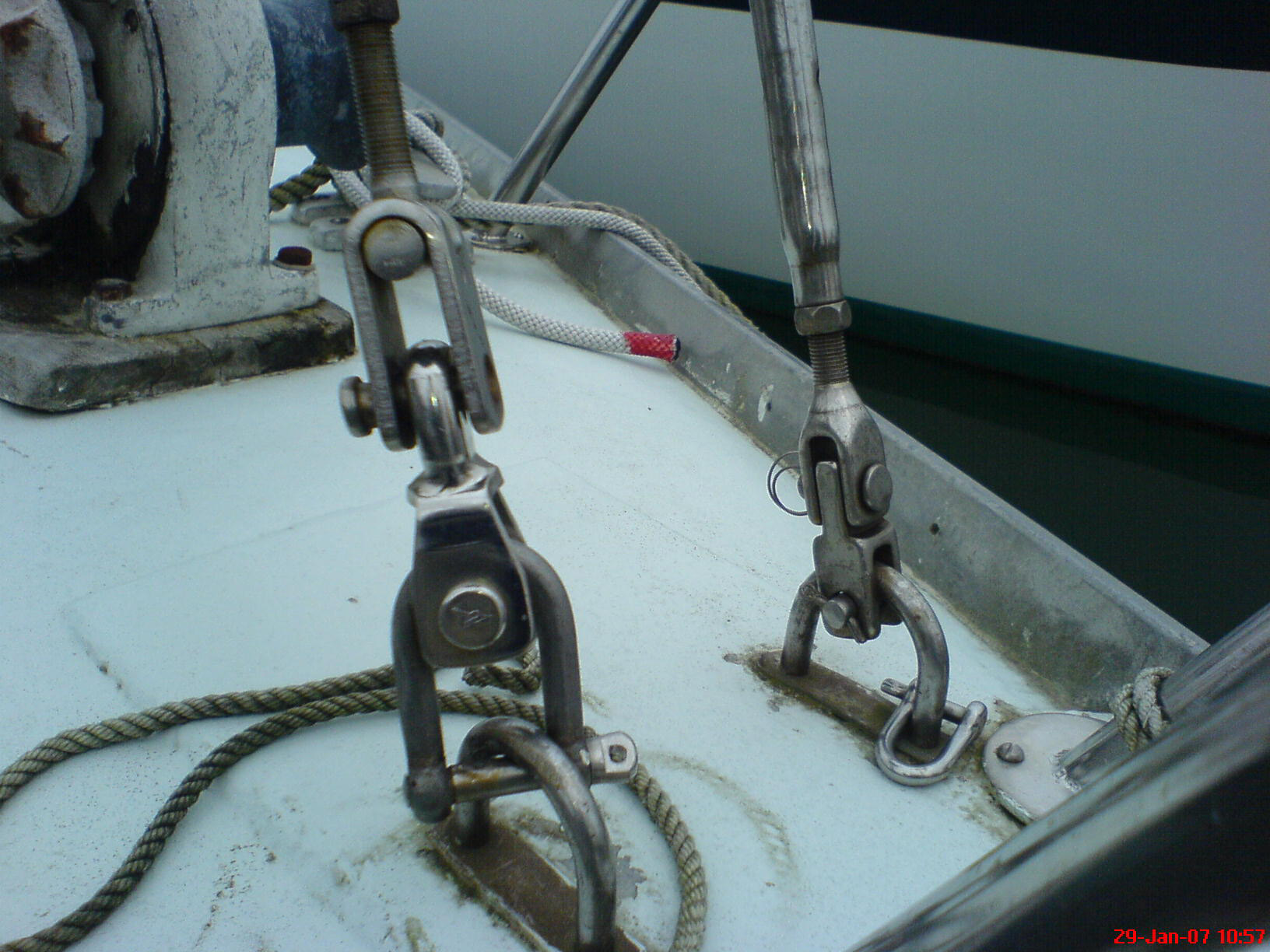
Imagine what is going to happen to these two yachts if they had kept sailing and not been checked!
Key rings
It is essential that these are taped up so that anything passing over them (ropes, clothing, sails, etc.) does not catch on them and pull them open.

But don’t have nightmares…One last thought, very few yachts that have entered a World Cruising Club rally such as the ARC have lost their rig. Which proves the point that constant rig checking pays off.
Remember the riggers motto: - Look after your rig
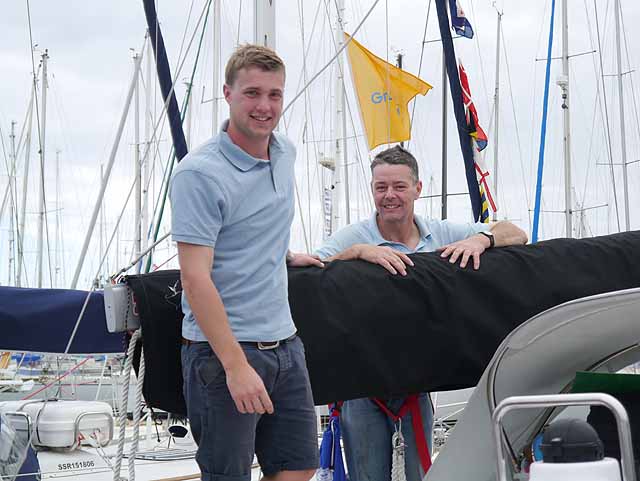
Jerry and Ross
www.jerrytherigger.co.uk